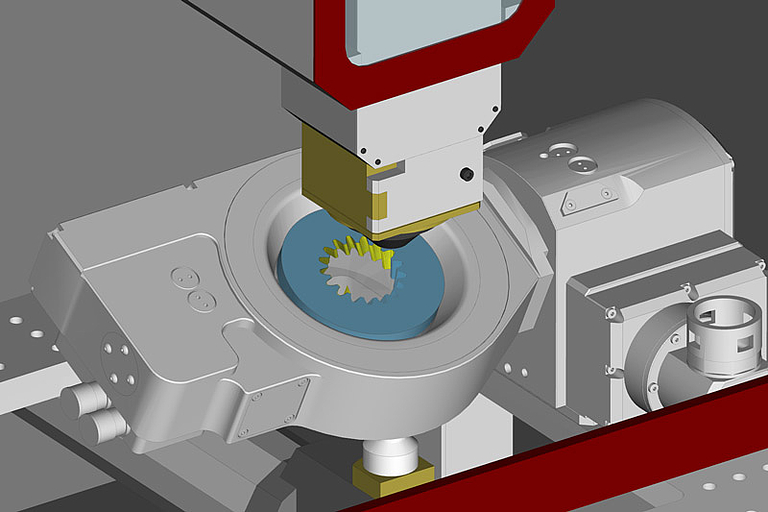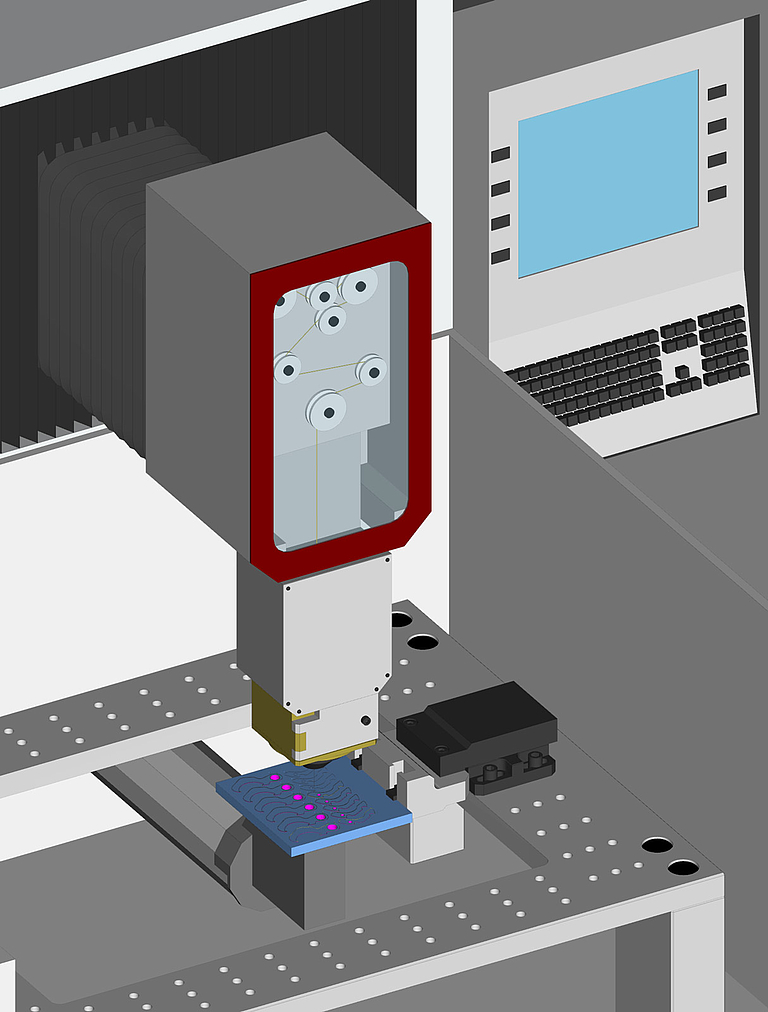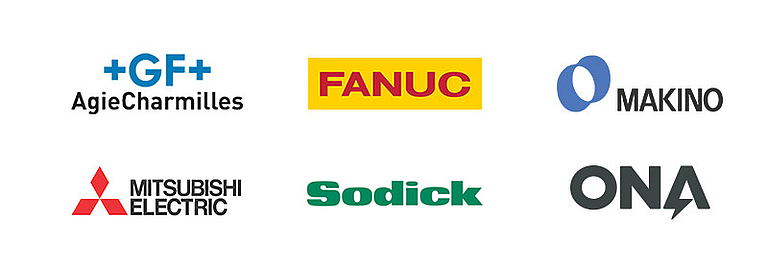With over 30 years of commitment to the wire EDM community, ESPRIT is widely recognized as the market leader in CAM for wire EDM. Decades of collaboration have led to innovative solutions optimized for individual wire EDM brands and machines.
- Solutions optimized for individual wire EDM brands and machines
- Expert systems that apply proven, machine-specific knowledge of cutting conditions
- Factory-developed post processors that deliver edit-free G-code
Machine-Optimized Programming
As a machine-optimized CAM system, ESPRIT offers solutions individually tuned for each wire EDM machine model. With ESPRIT, quickly move with confidence from design to finished part while reducing programming and setup time, cycle times, and operator supervision.
- Machine-optimized, edit-free G-code
Model-Driven EDM
To dramatically simplify the programming process, model-driven machining automatically extracts information directly from the original part geometry to create a machineable feature. This information includes the initial wire thread location, the start point on the profile, cut direction, taper angles, the height of any land area, corner styles, and, optionally, any 4-axis synchronization. The resulting features contain all the geometric information necessary to drive the contouring and pocketing cycles, with an automatic classification of parts that can be machined in 2-axis versus those that require 4-axis.
- Wire path directly from the CAD model
- Automatic classification of 2- versus 4-axis parts
SolidWire Cycles
Contouring, 2-axis with Advanced Conics
- Offering separate rough and skim strategies for tapered and straight walls. Between cuts, ESPRIT automatically handles all the necessary wire-cut and wire-thread instruction
Pocketing, 2-axis No-Core
- When the size or shape of a cavity makes it difficult to efficiently handle slugs (cores), this cycle erodes away all the material inside a cavity without creating a slug
4-axis Contouring
Erosion-driven using independent upper (UV) and lower (XY) profiles that may include synchronization at any point during the cut with roughing, tab management, and optional skim cutting
4-axis No-Core Pocketing
- Using a 2-axis toolpath to cut the largest area that can be removed as a slug, followed by 4-axis no-core movements to erode the remaining material that cannot be removed as a slug; or a full 4-axis no-core pocket for the entire cavity without creating a slug
Rotary EDM
- Turn-then-burn (indexing): Contouring or pocketing using a rotary axis at a fixed angle
- Turn-while-burn: Contouring with a continuous rotation of the workpiece while the wire is burning.
- Spin and burn: Similar to lathe turning, removing the material by feeding a wire, instead of a tool, along a rotating workpiece to produce axially symmetric shapes
- Turn facing: Roughing using a series of index angles around the workpiece followed by a contouring cycle removing the stock. Material is removed in large pieces allowing for easy recovery and recycling
- Turn contouring: A finishing cycle that spins the workpiece using a rotary axis while contouring in 2-axis
EDM Drilling (Hole Popper)
Hole drilling using an electrode for the precise machining of small-diameter holes
Manual EDM
- Creates a wire EDM operation with rapid and/or feed movements along manually selected geometry
Optional Specialized Modules
- Gear Generator
- CAM Generator


